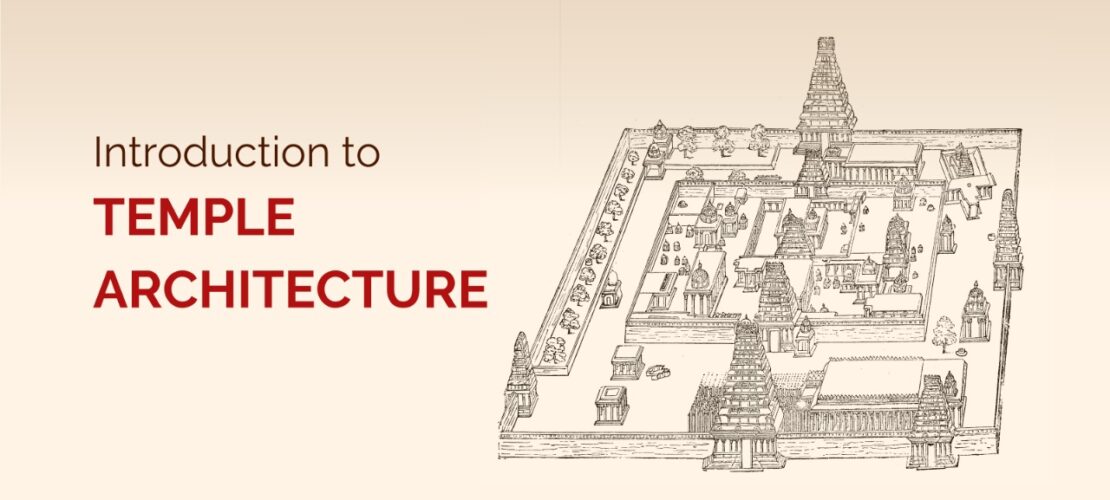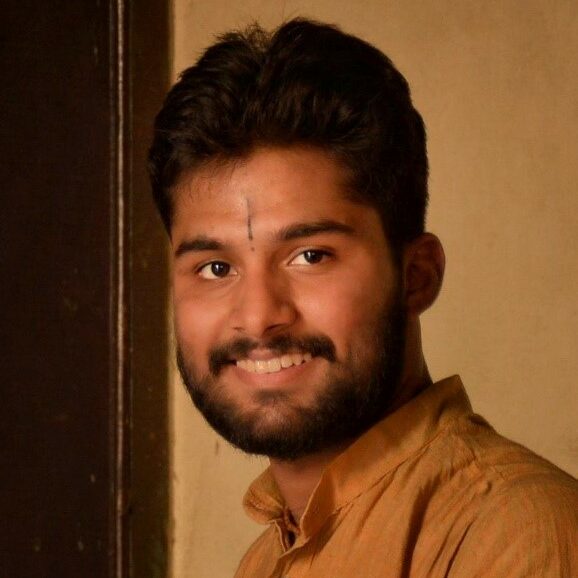
Introduction to Temple Architecture
The INDICA Course will offer a historical and cultural overview of Hindu temples with a special emphasis on art and architecture. It will provide a deep insight into the various tangible and intangible aspects related to Hindu temples in India.
Faculty
15 March 2023 - 4 October 2023
7:00 PM -8:00 PM IST
Every Wednesday
This is a test
Introduction
India is a land of enormous cultural heritage and there are various significant elements which have kept that soul alive for various centuries. Hindu Temples have been an active “character” of Indian cultural heritage and one of the most illustrious aspects of Indian art and architecture.
Temples have been conceived in India for many centuries as a sentiment towards the Divine with a perfect blend of geography, planning principles, ornamentation, crafts and other vibrant elements. The regional variation across the country in the past has added something prodigious to the idea of temples.
This INDICA Course will offer a historic and cultural summary of Hindu temples under the larger domain of art and architecture which will allow learners to have a sneak peek at one of the prime standing repositories of Indian culture.
Course Objectives
- Know the basics of Hindu temple architecture
- Learn the associated terminologies related to Hindu temple architecture
- Understand the variations in temple architecture in terms of geography, planning, art, materials, among others
- Appreciate the intangible cultural aspects of Hindu temple architecture
Course Outcomes
The participant will get a wholesome portrait of the enormous architectural heritage of India in relation to Hindu temples across the country.
Course Syllabus
- Why are Hindu temples made?
- The idea of a Hindu Temple
- Basic Terminologies related to a Temple
- Texts related to Hindu Temple Architecture
- Planning Principles in relation to Hindu Temples
- Geography in Hindu temples
- Nagara Style of Temples
- Dravida Style of Temples
- Vesara Style of Temples
- Kalinga Style of Temples
- Arts and Crafts in relation to Hindu temples
- Hindu Temples in Medieval-Modern times
Reading List
- The Hindu Temple by Stella Kramrisch
- Essays in Early India Architecture by Ananda K Coomaraswamy
- Indian Art by Vasudeva Sharan Agarwal
- The Temple Architecture of India by Adam Hardy
- Indian Temple Architecture: Form and Transformation by Adam Hardy
- Theory and Practise of Temple Architecture in Medieval India by Adam Hardy
- Mayamatm by Bruno Dagens
- Vishwakarma Prakash (translated by Abhaya Katyayan)
- Vastumandanam (translated by Sri Krishna Jugnu)
Course includes
- Live sessions
- Access to class recordings (for asynchronous participation)
- Certificate of Completion

